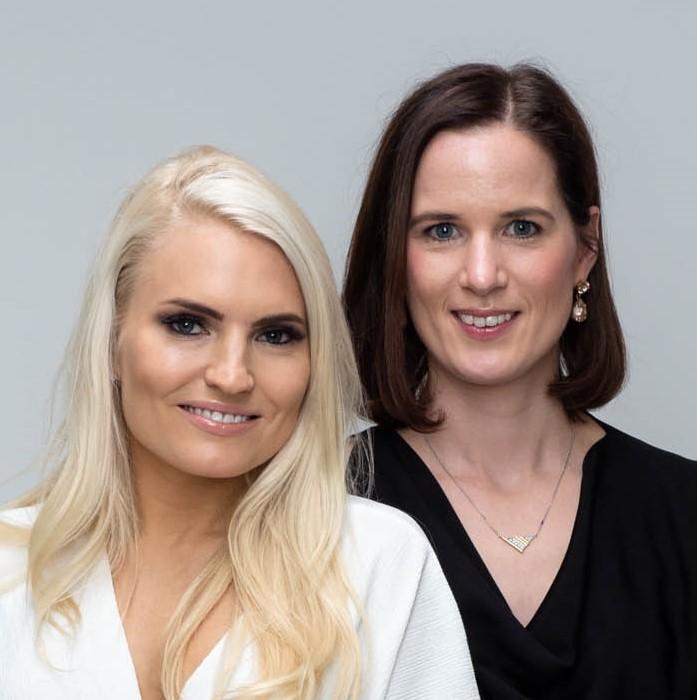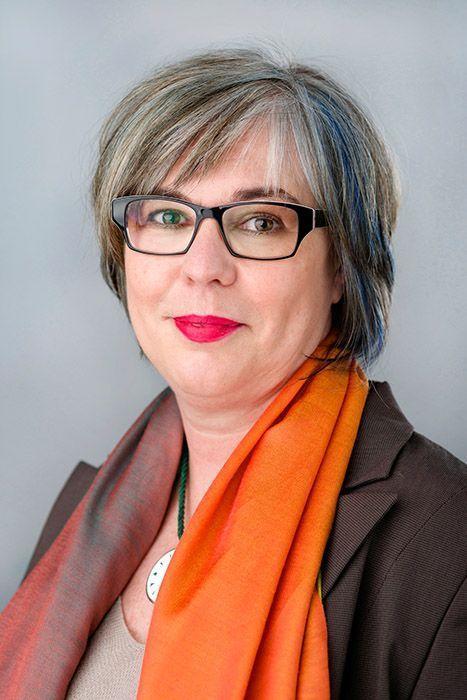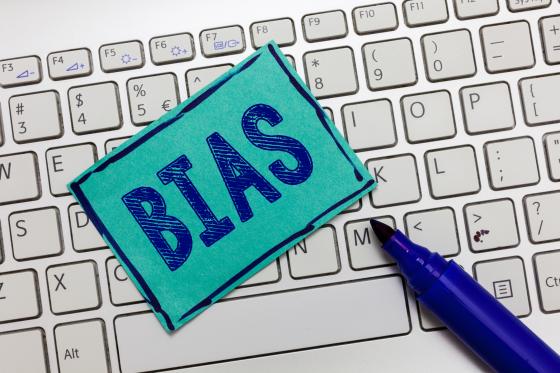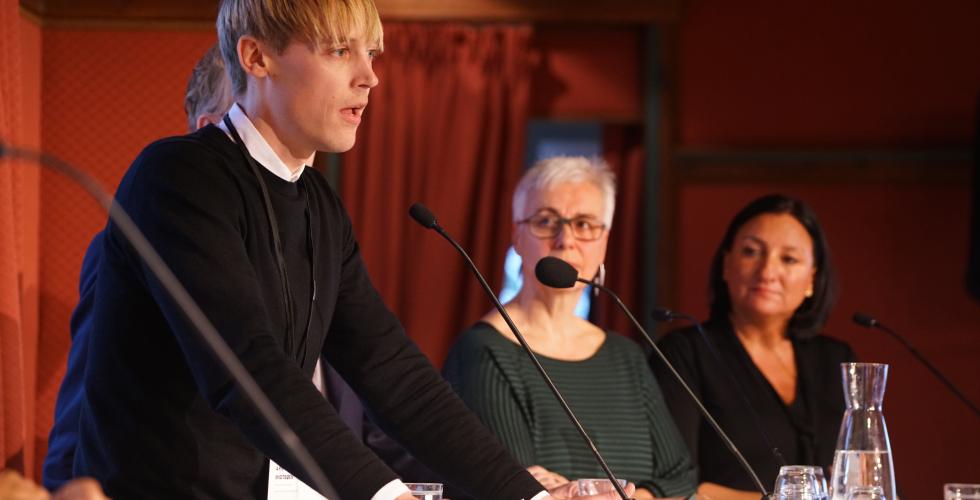“Too much emphasis on implicit bias impedes gender equality efforts in academia”
Implicit bias – the presence of prejudices and stereotypes in the workplace – has been a topic of discussion both within and outside academia. Does this lead to a focus on the individual that masks embedded structures inhibiting gender equality?
In a study conducted in 2015 (Norwegian only), the hypothetical Hanna and Hans are both engineers educated at the Norwegian University of Science and Technology. Both are in top managerial positions at a US petroleum company and are demanding bosses. Both lead extremely busy lives and both have a nanny to help keep their home lives running smoothly. The only difference between Hanna and Hans is gender.
Nonetheless, male students at Kristiania University College judged Hanna to be a poorer leader, a poorer parent and a less likable person than Hans, while the female students ranked the career woman and the career man more equally.

Growing debate
Implicit bias is a term that is cropping up with increasing frequency, and refers to unconscious stereotypical thinking and prejudice or predisposed attitudes. And if we are to believe the founders of the #ShesGotThis campaign, implicit bias is rampant in academia and the business sector.
“Implicit bias is about judging people differently without being aware of it. Everyone has expectations and associations based on gender, nationality, skin colour, age, level of functionality, and so on,” explains surgeon Marie Louise Sunde, head of #ShesGotThis.
#ShesGotThis offers lectures to companies about gender balance and implicit bias.
Women are undervalued
Marie Louise Sunde and co-founder Isabelle Ringnes find it interesting that the response from Norwegian students in 2015 was nearly identical to that of students from Harvard in the early 2000s.
“It appears we haven’t come as far as we think,” says Isabelle Ringnes.
“Quite a lot of international research has shown that we unconsciously overrate men’s qualities and undervalue women. In academia, research indicates that men are more widely recognized for their publications and their opinions are given more weight. This could account for a large part of the gender gap in the business sector and academia.”
Gender on its way out
Not everyone is convinced of the legitimacy of bias as a phenomenon. Critics have questioned whether the term has been too readily accepted by the research community. One such doubter is Andrea Pető, a Hungarian gender researcher who points out that there is an ongoing political battle to do away with gender as a term.

“The anti-gender movement seeks to remove the term and the concept of “gender” from international documents, manuals and legislation. Gender bias is based on physical attributes, psychological characteristics or social roles. For example, women are shorter than men, men are better at the STEM subject fields, women are better care-givers. The anti-gender movement is part of the attempt to neutralize gender perspectives and avoid talking about wide-ranging structural causes in global contexts.”
Professor Pető believes this viewpoint does not give consideration to how the differences arose, but rather to how the individual needs to change and who should make that happen.
“The new discourse on inadequate gender equality is moving away from gender-based discrimination to the concept of unconscious bias. In this way, we move away from an institutional, legal framework towards personal training and workshops.”
Will undermine gender research
Professor Pető reminds us that the concept of gender was the result of a significant, interdisciplinary and intellectual discussion, while “implicit bias” has its origin in neoliberal economics.
“Discussions about bias refer to psychologists such as Daniel Kahneman and Gerd Gigerenzer, and become centred around individual choices instead of listening to critical feminist pundits. Supporting the bias concept will undermine decades of gender research and studies,” says Pető.
“Bias focuses on the individual as a subject equipped with a set of adaptable, interchangeable toolboxes. The change in individual behaviour can be measured and quantified. Attitudes, stereotyping and prejudice are discussed and measured without being placed in a structure or social context,” the professor points out.
Impacts of bias
In the article “Implicit Bias, Stereotype Threat and Women in Philosophy”, Australian philosopher Fiona Jenkins argues that members of stigmatized groups also have biases against others within their same group. For instance, women will often favour men ahead of other women.
Jenkins also points to another phenomenon: stereotype threat. This refers to stereotyping that actually affects performance of the stigmatized group. Members of the group do less well in performing a relevant task because they unconsciously fear reinforcing the stereotypes they are defined by.
According to Mari Teigen, Director of CORE - Centre for Research on Gender Equality, a number of experiment-based studies indicate that we are governed by categorical ideas, but we know a great deal less about the ramifications of this.
“Many studies show that we link qualities to group affiliation, which in turn manifests in forms of hierarchy. “But more research is needed on the types of ramifications that these ideas actually have for the distribution of burdens and goods, for example in recruitment or promotion,” says Professor Teigen.

“Important to be aware of bias”
Teigen has the support of Knut Liestøl, chair of the programme board for the Initiative on Gender Balance in Senior Positions and Research Management (BALANSE).
“There are many studies on this phenomenon that, despite certain variations, form a picture of widespread implicit bias in the workplace, including in academia. “When we know that groups such as women or minorities are being systematically undervalued or wrongly assessed, it would be very strange to assume that this bias would not have any impact,” says Professor Liestøl.
Liestøl does not agree that a focus on bias is synonymous with a focus on the individual.
Does the discourse on bias lead to a focus on the individual that masks embedded structures inhibiting gender equality?
“Bias means that people have been raised to assess groups incorrectly, and being made aware of this can have a mobilizing effect. I believe it’s important to emphasize this phenomenon because that in itself can help to diminish the negative effects. Studies from the USA suggest that bias decreases as awareness grows, even if this is difficult to document definitively. Overall I think the term is legitimate and will unfortunately remain so for quite some time,” says Liestøl.
A trendy word
Mari Teigen agrees to some extent that the concept of bias generates a focus on the individual because it puts a spotlight on whether the “gatekeepers”, those who have the power to disseminate information, are biased.

“On the other hand, knowledge about bias can be integrated into policy to mitigate or counteract its effects. For example, that recommendations for hiring should reflect the gender composition in the applicant pool, or that there should be a minimum representation of both genders among applicants and those recommended for hiring.”
Professor Teigen understands that categorization plays a useful role in daily life. But little is known about what this actually entails.
“My impression is that the explanations for gender imbalance and other imbalances will vary depending on the times. In recent years, bias has been held up high as an explanatory model.”
Is bias a trendy buzzword that has become an accepted truth in studies of gender balance and gender equality in academia?
“We mustn’t simply take for granted that bias is the main reason behind gender differences in, for instance, academic careers. Determining the most relevant causes will also have an impact on the kinds of measures prioritized.
“How large a role bias plays is one of the intriguing questions to explore when it comes to gender differences in academia. How significant are factors such as gender, having children, ethnicity and more when deciding who is the researcher type needed? Which people are perceived as excellent researchers and which are considered less so?”
“Family-centred policy returns”
Ringnes and Sunde of #ShesGotThis believe that, from the very outset, changes in attitudes have been the alpha and omega for achieving structural changes related to gender equality.
“At the legal level we have virtually complete gender equality in Norway, yet there are still major differences due to attitudes, stereotypical thinking and gender roles. One important part of the effort to achieve genuine gender equality is to generate greater awareness of these attitudes. In addition to the need for changes at the individual level, we need structural changes that minimize the ability of individual to take decisions based on bias.”
#ShesGotThis has developed a tool for companies to measure gender balance, detect problem areas, and receive specific recommendations for research-based solutions. They have also launched a research project with CORE – Centre for Research on Gender Equality (Norwegian only).
“Together with CORE we will work to find out what kinds of solutions actually function in practice,” says Marie Louise Sunde. “We don’t believe this is a case of either/or, but more a case of both.”
Andrea Pető, who was recently in Norway to speak about the Hungarian authorities’ censure of gender research, does not believe that stereotypical thinking and gender roles will be disappearing any time soon.
“Family-centred policy has made a strong comeback, and this policy is a direct threat to the rights of women. It is essential that we speak out when we see individualization replacing structural approaches.”
Translated by Darren McKellep and Carol B. Eckmann.
Implicit bias is faulty thinking that occurs automatically or unconsciously, which we can call unconscious prejudice, or stereotypical or predisposed thinking.
Gender bias is a term for unconscious differential treatment based on gender.


